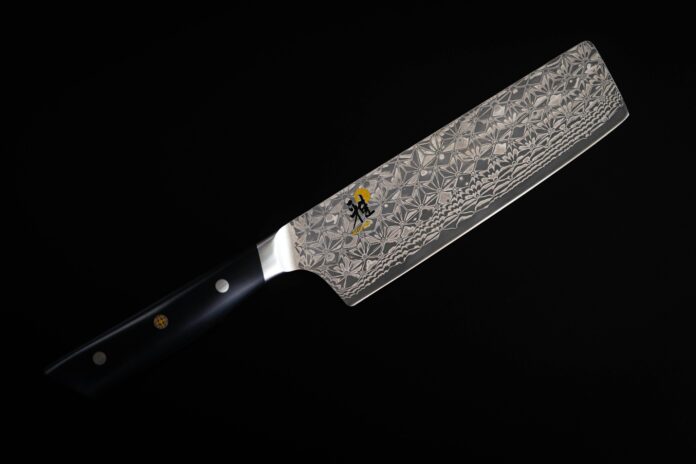Looking for some interior design inspiration? Then consider displaying different cuts of fabric and tapestries on a wall. A textural wall hanging makes a fantastic alternative to a painting or poster and is an easy way to add warmth to a room. Here at IDEAL we’re a little obsessed with bringing fabrics home from our travels to hang at home, not only do they make a bold focal point, they’re a conversation starter and remind us of the places we’ve visited. Moreover, they represent cultures, skilled individuals and specialised techniques unique to only a certain place. With the help of The Mill Shop here are 6 IDEAL textiles from around the world.
INDONESIA
Batik is a traditional process for decorating fabric used in Indonesia. Wax is applied to the fabric before it is dyed, which blocks out the dye to create patterns. This distinctive process is particularly popular in Java but is carried out across Indonesia.This fabric is so synonymous with Indonesia that UNESCO even named it a symbol of intangible cultural heritage in 2009.
CHILE
The Mapuche are indigenous to central and southern Chile and they have a unique weaving technique that creates decorative, warm and durable garments. In fact, textiles are so important in their culture that young women who could weave well would expect a higher dowry. Machupe weaving is usually done with alpaca or llama hair, or today with sheep’s wool.
KENYA
Kitenge is a cotton fabric that’s printed with patterns and designs, it’s prominent around East Africa. Expect vibrant colours and varied patterns, in fact the different designs available are thought to be in their thousands. This fabric is used in so many ways and it’s inexpensive too!
NORTH AMERICA
Monument Valley’s striking sandstone buttes create a truly unique backdrop that you might recognise from Westerns. If you travel to this area, you’ll probably notice plenty of traditional Navajo weaving for sale too. Mainly sold as rugs and blankets, Navajo weaving displays geometric patterns and strong colour contrasts.
SCOTLAND
Tartan is clearly recognisable due to its chequerboard-like patterns created by a series of straight lines. This distinctive fabric originates from the battlefield, where it was worn to distinguish different Scottish families. In the modern day, tartan kilts are still a big part of Scottish culture recognised the world over.
CENTRAL ASIA
Suzanis are created with delicate cotton and silk which is hand embroidered, usually with floral motifs. The word ‘Suzani’ translates to ‘needlework’. Practiced in Kazakhstan, Uzbekistan, and Tajikistan, these fabric masterpieces were traditionally made by brides.






